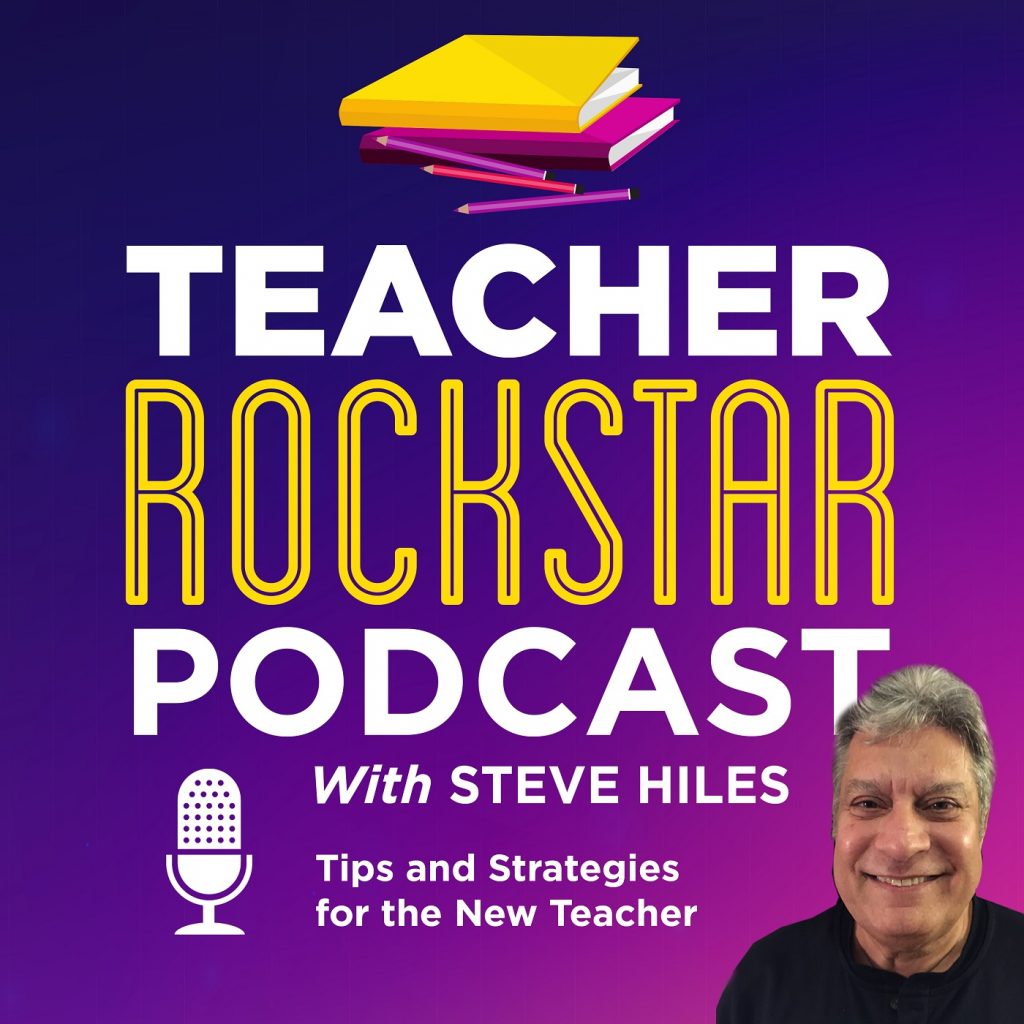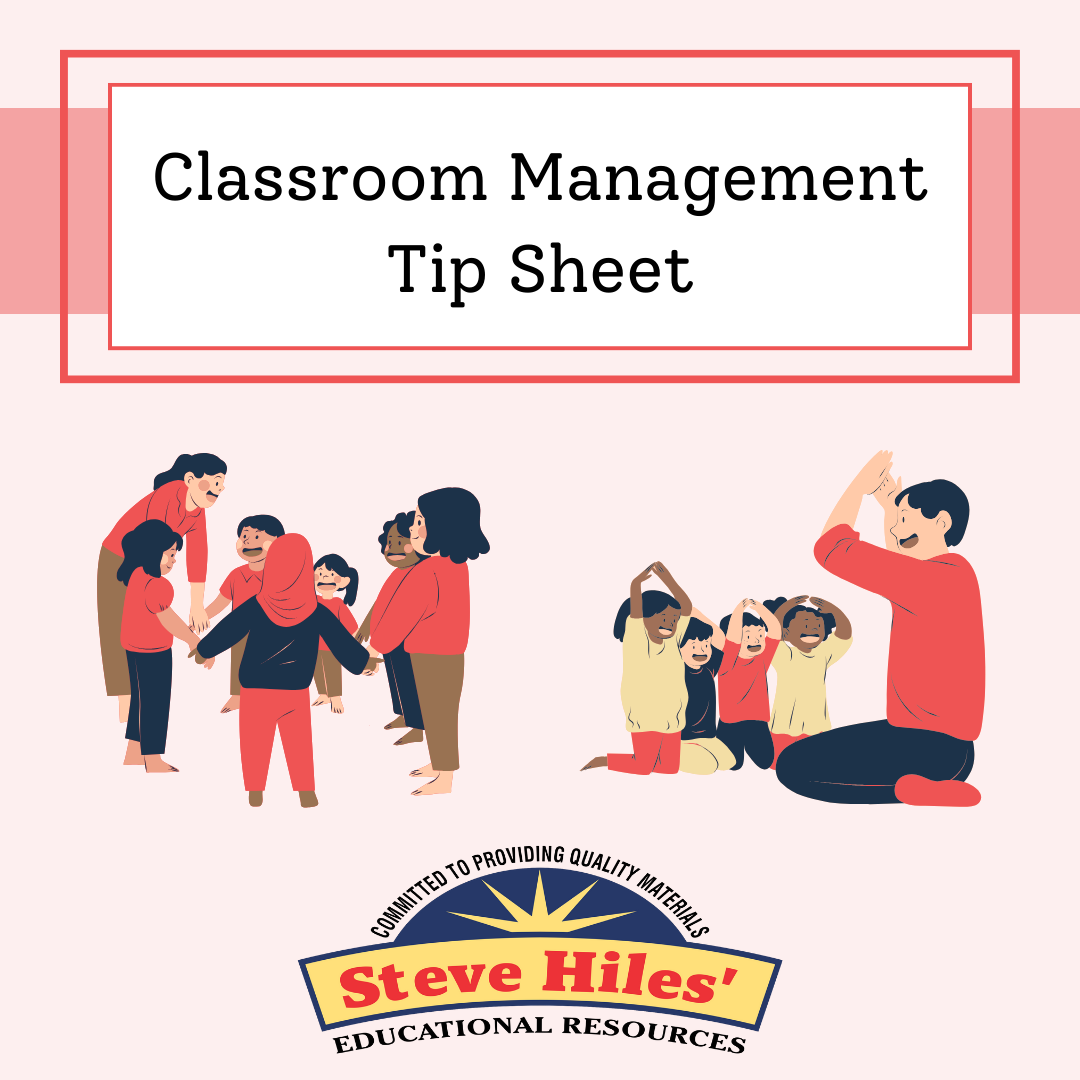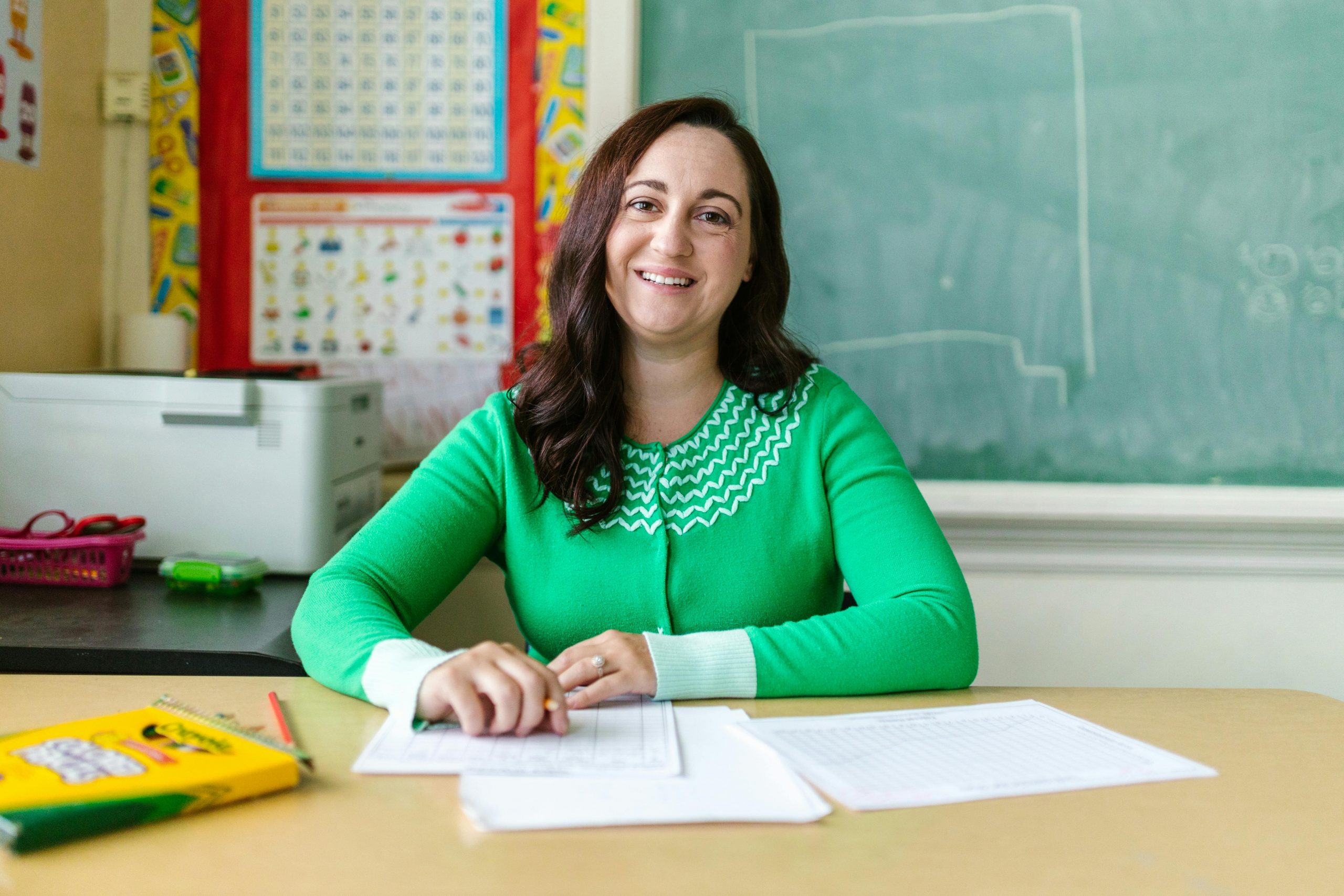Do you struggle with classroom organization? You’re not alone! I remember my first year teaching—I had stacks of papers on every flat surface, lost track of parent notes, and once spent 20 minutes searching for a math worksheet I was positive I’d copied. That constant chaos was exhausting. But once I discovered a few key systems to stay organized, I finally felt like I could breathe again—and actually focus on teaching.
Point One: Physical Space
Let’s start with your physical space—the classroom itself. Think of it like your launchpad. If it’s cluttered and chaotic, your day starts with stress. But when it’s organized, everything flows. A study by the National Education Association found that teachers who maintain a well-organized classroom save an average of 10–15 minutes per day—that’s over 45 hours per school year! I had a colleague who color-coded bins, labeled every drawer, and had a “turn-in” station that ran like a well-oiled machine. That small investment in setup paid off big-time in reduced confusion and smoother transitions.
Now let’s shift from physical space to mental space—specifically, your lesson planning.
Point Two: Lesson Planning
Planning doesn’t have to be a Sunday night nightmare. One of the best tips I ever received was to plan in blocks, not individual days. Map out a week’s worth of objectives, then plug in activities that match. It’s like meal prepping—you do the heavy lifting once and reap the rewards all week. I had a habit of planning on the fly until I hit a wall. Once I started batching my planning every Thursday afternoon, I suddenly had weekends again. Bonus tip: use digital tools like Google Calendar or Planboard to keep everything at your fingertips.
Now let’s move on to organizing your time and systems, so you can stay sane during the school day.
Point Three: Systems Save Sanity
You need systems—simple routines that save your energy. Morning checklists, consistent bellringers, student jobs, and a solid “paper flow” can make a huge difference. For example, have a basket where students turn in work, and commit to checking it at the same time each day. Set timers for transitions, and block off time to respond to emails. Trust me, you don’t want to wing it. I once forgot to take attendance one day because I didn’t build it into a system—it was chaos. Systems don’t just help you stay organized—they help you stay present.
Conclusion
So, to recap—you’ve learned how to organize your physical space, plan with purpose, and create systems that bring peace to your day. Staying organized isn’t about perfection—it’s about creating a structure that supports your energy, your students, and your sanity. When you get organized, you don’t just survive teaching—you enjoy it.
If you’re ready to go deeper and want more step-by-step strategies, head over to Teacher RockStar Academy, where I break this down even further and give you the tools to set up your classroom for success.









